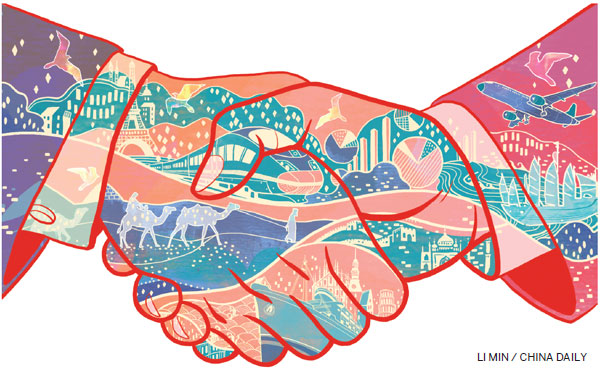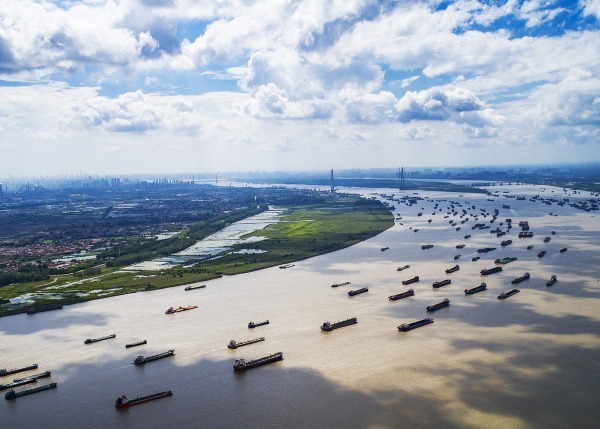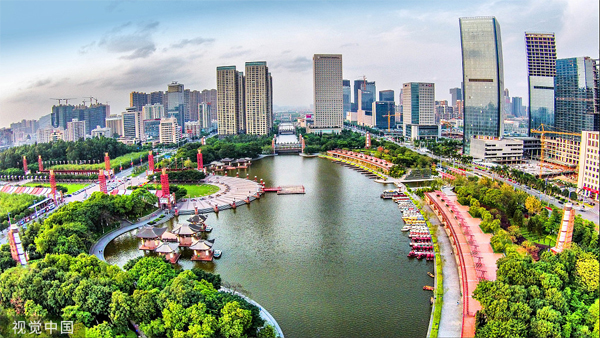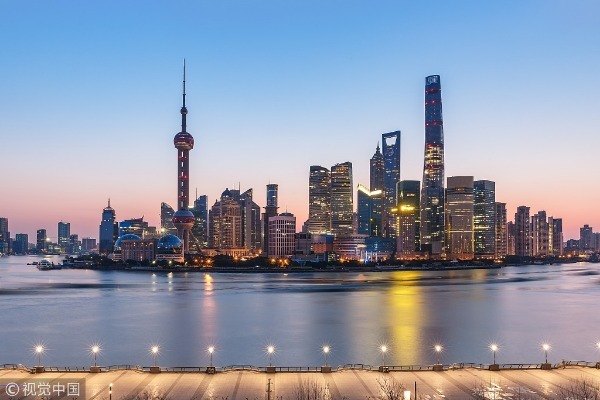Facts and figures about China’s national development strategies

Since the 18th CPC National Congress, China has rolled out a series of State-level regional development strategies including the Belt and Road Initiative, the Beijing-Tianjin-Hebei Integration Plan, the Yangtze River Economic Belt, the Guangdong-Hong Kong-Macao Greater Bay Area, and the Yangtze River Delta Integration Plan.
With the steady advancement of these major national strategies, new economic growth poles and belts have accelerated to take shape and new space for investment has been continuously expanded. In the future, the metropolitan areas, urban agglomerations and economic belts will give full play to their leading role in regional development, further promote inter-regional integration and interaction, and narrow the development gap to achieve a coordinated development pattern.
The Beijing-Tianjin-Hebei Integration Plan, the Yangtze River Delta Integration Plan and the Guangdong-Hong Kong-Macao Greater Bay Area include China’s three major urban agglomerations: Beijing-Tianjin-Hebei, the Yangtze River Delta, and the Pearl River Delta plus Hong Kong and Macao. The areas focus on internal integration and construction and are creating an important impetus for high-quality development.
The Yangtze River Economic Belt attaches a great deal of importance to the leading role of the three major urban agglomerations in the Yangtze River Basin in driving the development of their surrounding areas. In September 2019, the ecological conservation and high-quality development of the Yellow River Basin was upgraded to a national strategy and an appropriate top-level design is being formulated.
2013: Belt and Road Initiative

BRI is an acronym for Belt & Road Initiative, which includes the "Silk Road Economic Belt" and "21st Century Maritime Silk Road". The BRI takes full advantage of the existing bilateral and multilateral mechanisms that China has with neighboring countries. Using existing and effective cooperation platforms, Chinese enterprises are greatly encouraged to actively develop economic partnerships with Belt and Road countries and jointly build a community of interests with political mutual trust, economic integration and cultural inclusion to create a community of common destiny and responsibility. By the end of March 2019, the Chinese government had signed 173 cooperation agreements with 125 countries and 29 international organizations.
2014: Beijing-Tianjin-Hebei Integration Plan

The broad region covers Beijing, Tianjin and 11 prefecture-level cities in neighboring Hebei province. It is positioned as a world-class city cluster with Beijing as its core that will lead the coordinated development and reform of the region and serve as a new engine of innovation-driven economy and a demonstration zone for ecological conservation in China. The ultimate goal is to shift non-capital functions away from downtown Beijing, explore a new model of optimized development in densely-populated areas, and restructure the urban layout of the region.
2014: The Yangtze River Economic Belt

It covers 11 provincial-level regions, including Shanghai, Jiangsu, Zhejiang, Anhui, Jiangxi, Hubei, Hunan, Chongqing, Sichuan, Yunnan and Guizhou. Its area of 2.05 million square kilometers is one fifth of the country’s total. The belt’s population and economic aggregates are both over 40 percent of all of China’s. Its regional features include key ecological status, strong comprehensive strength and great development potential.
2017: The Guangdong-Hong Kong-Macao Greater Bay Area

The Greater Bay Area consists of the Hong Kong Special Administrative Region, the Macau Special Administrative Region and nine cities in Guangdong province. It is the most economically dynamic region in China as well as the fourth largest bay area in the world after the New York Bay Area, San Francisco Bay Area, and Tokyo Bay Area. In 2018, its total GDP was about 10.87 trillion yuan($1.55 trillion), 1/9 of the country’s total with less than 1 percent of the national land area.
2018:Yangtze River Delta Integration Plan

The Yangtze River Delta is one of the regions with the most robust economic growth, the highest degree of openness, and the strongest innovation capability in China, and plays a pivotal role in the national economy. The Yangtze River Delta urban agglomeration is centered on Shanghai and consists of the neighboring provinces of Jiangsu, Zhejiang, and Anhui. It covers 26 cities with a resident population of 220 million and generates nearly a quarter of the nation’s economic aggregates.
2019: Ecological conservation and high-quality development of the Yellow River Basin

The Yellow River Basin has a drainage area of over 752,000 square kilometers and covers seven provinces and two autonomous regions. Protecting the 5,464 kilometer-long Yellow River, China's second-longest, is crucial to national rejuvenation and the sustainable development of future generations. It is imperative to make concerted and coordinated efforts to strengthen ecological conservation, advance high-quality development of the basin, actively support the area to fight against poverty, and address the public concerns of flood control and drinking water and ecological safety. Top-level designing for ecological protection and high-quality development of the Yellow River Basin is in full swing.







